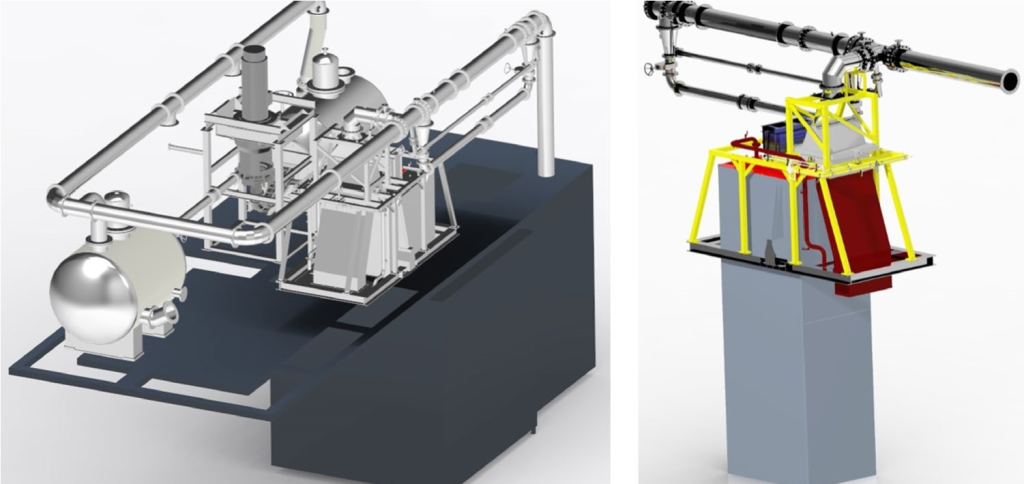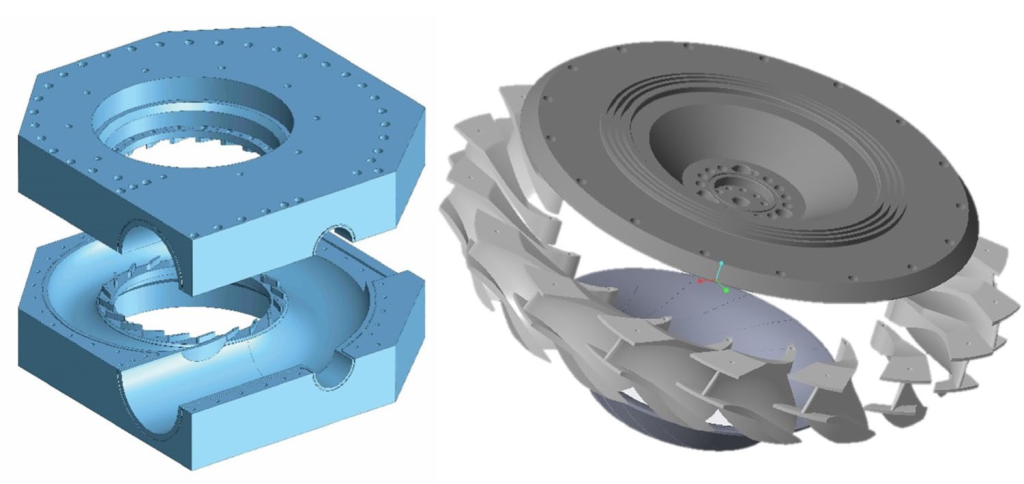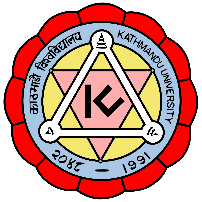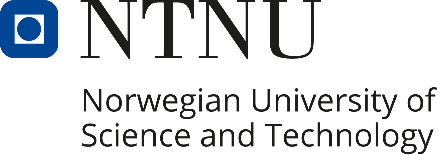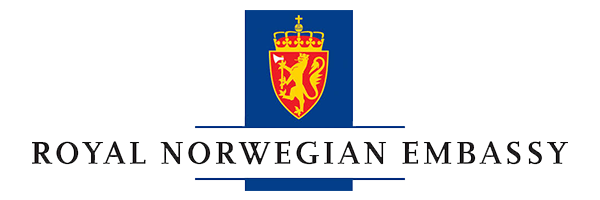Objectives:
- Development of design and manufacturing procedures of Francis turbines for micro hydropower projects in context of Nepal.
- Local manufacturing and installation of Francis turbine at one micro hydropower station in Nepal.
- Technology transfer to Nepalese turbine manufacturer for design and manufacturing of Francis turbine.
project Team:
Project Leader | Dr. Hari Prasad Neopane | KU |
Activity Leader | Dr. Ole Gunnar Dahlhaug | NTNU |
Dr. Sailesh Chitrakar | KU | |
Researcher | Mr. Amul Ghimire | KU |
Mr. Nischal Pokharel | KU | |
Technical Support | Mr. Bhuwan Prasad Bhattarai | KU |
Scientific Expert | Mr. Bard Brandastro | NTNU |
Dr. Bjorn Winther Solemslie | NTNU | |
Project Date | August 2016 to December 2024 | |
Funding Agency | Royal Norwegian Embassy in Nepal (RNE) | |
Partner Agencies | Royal Norwegian Embassy Kathmandu University (KU) Hydro Lab Pvt. Ltd. SINTEF Energi AS Norwegian Institute of Science and Technology (NTNU) | |
Summary
An agreement was signed between Royal Norwegian Embassy (RNE) & Kathmandu University (KU) on 27th July, 2016 to support the Energize Nepal project. TTL, KU being one of the major partner for Hydropower Development Component in Energize Nepal project, activities sprung from August 2016 in the lab.
During the first phase of the project, 92kW models of 4.2 MW Francis Turbine, installed at Jhimruk Hydropower project, was designed at TTL. In addition to that, a detailed design of the IEC standard test rig required for model testing of hydropower project was prepared complementing the previously installed accessories. The model turbine was designed from scratch and its manufacturing was performed in Nepal, marking the first ever Francis turbine designed and manufactured in Nepal. However, the turbine manufactured were not as per the IEC standard required for a model. The material used for the turbine was not stainless steel, machining which to the required precision was not technically feasible in Nepal. Despite that, the turbine and its structural supports were manufactured and installed at the lab to develop the skills of the researchers at the laboratory to perform model tests. Throughout the whole process, Waterpower Laboratory at NTNU, Norway have supported TTL by providing technical assistance as quality controller and mentor to design and test the turbine at the lab.
In the second phase; which is the continuation of the previous EnergizeNepal project at TTL; some of the concerns which were identified during the execution of the project are being studied. One of the major issue that stood out was the vibration of the building while operating the turbine at higher speeds. In that regard, studies have been conducted to analyze the status of the building at its current conditions. Furthermore, additional loads that would be added upon the addition of the calibration tank setup was also considered. The structural engineering experts have suggested some possibilities to strengthen the building to withstand the additional loads which shall be implemented in the near future. Additionally, the design team of the project have designed a support structure to support the calibration tank, which is one of the major load contributor to the building, on the lab floor.
Calibration setup is one of the most important facility required to upgrade the lab to IEC standard facility for model testing. This setup has been meticulously designed to calibrate the flow up to 500 liters per second. Few modifications have been made in the setup to accommodate the newly designed support structure. Firstly the overall load of the calibration tank has been distributed over a larger span instead of concentrating it in a single point, for which H-beam frame have been designed at the base of the load cells. The size of the lower cell has been reduced, without compromising the capability of calibrating the flow of up to 500 liters per second. All other mechanism and equipment are kept the same as before. The pneumatic setup required to operate the calibration setup is being inquired for procurement, while procurement of load cells is under way in the KU’s procurement system. Additionally, the procurement procedure for other major components of the calibration setup are underway.
Even though a Francis turbine model of the Jhimruk Hydropower Project is installed at the lab, the setup is not manufactured as per IEC standard guidelines, thus a new setup incorporating all the features required to qualify as an IEC standard model test setup have been designed. The newly designed model test setup was under procurement process in the previous year, however the cost of the setup exceeded the available budget by a great margin, which is why the manufacturing of the setup has been transferred to this year and additional budget is being requested for the new setup. The new setup would be fully stain proof and incorporate provisions for study of flow behavior in the turbine using different scientific methods. Upon completion of the project, an IEC standard model testing lab facility would be on place, provide model testing facility for hydropower projects in Nepal as well as other parts of the world.
